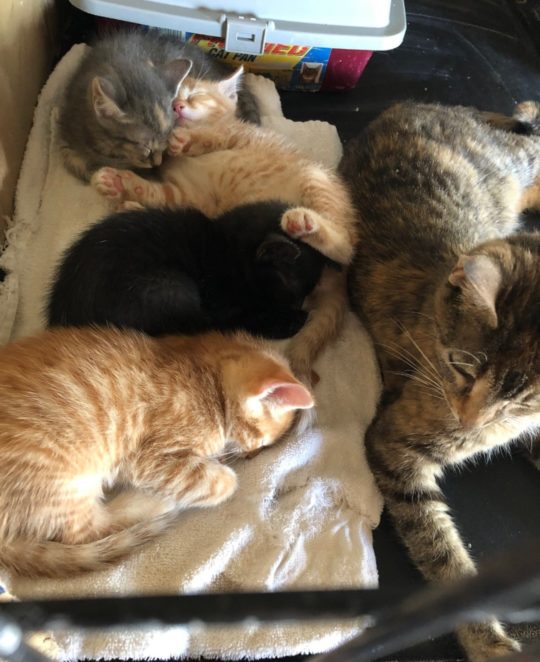Animal welfare advocates were pleased to see the adoption of thousands of pets in America last year, But as COVID-19 restrictions are being lifted, fears of mass pet abandonment have surfaced.
Approximately 12.6 million U.S. households adopted a new pet in the last year after the pandemic was declared in March 2020, according to a study by the American Pet Products Association.
Shelter data and interviews with animal welfare experts confirm the shift in pet ownership in the United States as people have bonded with their animal companions during this unprecedented period.
But as COVID-19 restrictions are loosened and many Americans return to their in-person obligations, shelters across the nation have worried that new pet owners would be unable to care for their furry friends.
Unsurprisingly, some pet owners have confirmed that they are not at home as much as they were a year ago. As people are getting back to their normal lives, their pets, specifically dogs, are experiencing separation anxiety.
April Burnside, the founder of animal rescue shelter FREEdom Tails Ohio, expects to see an increase in animal surrenders.
“Everybody and their brothers bought dogs during the pandemic,” Burnside said. “[Then,] they realize having a dog or cat doesn’t fit into their lifestyle. Breeders have slowed down because they’ve realized less people are buying dogs, so we’re getting a lot of dumps.”
FREEdom Tails Ohio is accepting volunteer help or financial donations to aid in the care of surrendered animals.
PetPoint, a website that gathers data from more than 1,100 animal welfare organizations in the United States, suggests that while shelters have experienced an increase in surrendered animals, their numbers are merely returning to levels reported before the pandemic.
Animal rescue center, Planned Pethood, helps to find homes for hundreds of pets each year.
LeeAnn Harden, dog intake coordinator for the volunteer rescue group, confirms the organization saw a spike in adoptions at the beginning of the pandemic.
While the vast majority of these animals have found their forever home, several dogs have been recently surrendered due to their owners returning to a regular work schedule.
Harden says it’s important to remember animals are a lifelong commitment. There are simple things you can do to make in-person transitions easier on you and your pet.
“You can get someone to come in during the day, and let them out or take them for a walk,” Harden said. “Many dogs have gotten used to their owners being home 24/7. That means when you do go back to the office, they may [be] some separation anxiety. There are ways to work with that, as opposed to just returning them. Your pets are family members. You don’t just dump them when it becomes inconvenient for you.”
Many can agree that in March 2020, the world got scary — and fast. As the COVID-19 pandemic took hold, people were warned to stay home and steer clear of people, leading to a level of isolation that would have seemed unfathomable just days earlier.
While enjoying companionship with other humans became impossible, especially for those living alone, our pandemic pets filled some big shoes with their small paws.
A Rover.com survey of 1,000 American pet owners confirmed that 93% of participants said their “pandemic pet” had improved their mental or physical well-being over the last year, and more than 80% said it made working from home more enjoyable.
It seems #CapFam would agree. All photos inside this article are the well-loved pandemic pets of Capital students and alumni.









